My dream as a kid was to become an elementary teacher and write books for kids. In high school, I had a job at our local public library in the children’s department. It was a great experience for my future careers. I loved processing the new books and being the first to read them. I loved matching kids to the perfect books. I loved seeing the clever ways authors used their words to create a story that touched the heart or sparked an idea.
After college, I taught first grade. Hands-down, my favorite part of the day was read- aloud time. Turning kids on to books, getting a giggle, or seeing the light bulbs turn on is an amazing opportunity. My chance to be an even bigger part of this magic became a reality when I was awarded a Teacher Creativity Fellowship to pursue a passion of my choice. It wasn’t hard to choose. I decided to use my fellowship to learn all about the children’s book industry and try my hand at writing books. (This opportunity led to the publication of six books so far.)
[bctt tweet=”The first thing I learned, there are a lot of things to learn! ” username=””]As much as I hoped for a short cut or some insider secret, there weren’t any. However, there are a lot of things you can do to get on the right path towards publication. There are so many pieces to this giant puzzle of how to become a published author. For starters, you need to know a lot about the genre you are writing, you need to know the proper way to submit your manuscripts, the roles of the different people in the industry, how to sharpen your craft, your publication options, and your market.
Just as with any new skill or hobby, you have to do your research. I started out by attending conferences, taking online classes, and finding writers and organizations. There is a wonderful group called the SCBWI, the Society of Children’s Book Writers and Illustrators. I joined this organization and began attending their regional and national conferences. With each conference, I learned a few more pieces of the puzzle. There are also many online resources, from blogs to classes that you can take.
Research also includes reading books in your genre. If you want to write humorous picture books, you should be reading any Mo Willems or Jon Scieszka book you can get your hands on. If you want to write nonfiction picture books, you need to read those. Reading in your genre helps you get a feel for the formats, styles, lengths, and content these books possess.
When you get ideas for stories, be sure to write them down. It could be a clever title, a fun character, or a whole story plot. Don’t rely on your memory. Make time to write. It would be hypocritical for me to say write every day, because I have a hard time finding the time to do this, but do make time each week to write something.
Once you have a story that has been through several drafts, seek out a critique group or partner. Having someone else read your story is powerful. When the story comes from your own head, it’s hard to separate your own thoughts from what is actually on the page.[bctt tweet=” Fresh eyes will be able to find spots that need polished or clarified.” username=””] Exchange stories with people in your group. Reading the work of others also helps you become better, as you learn new styles and approaches.
You need to know your market. Find out who publishes books like your story. You can also purchase a Children’s Writing Market Guide to find out about current publishing houses and the types of submissions they are taking. In some cases, you have to have an agent in order to send them something, but there are many houses that will accept un-agented material.
Since we are focusing on picture books, you need to know that if you are not an illustrator, you can still be the author of a picture book. In many publishing houses, the publisher will seek out an illustrator that matches the style of your book. Some publishers have illustrators on staff, some pay an artist a flat fee for hire, and some illustrators will share the royalty split with you when the book comes out. If you are an illustrator, then you have an advantage over those of us who are not. [bctt tweet=”Publishers love to work with authors that can also illustrate their own work!” username=””]
I’m an elementary teacher and children’s book author. As the Regional Advisor for the Indiana Society for Children’s Book Writers and Illustrators, I attend and plan many writing conferences. I’m also on the board of directors for the Indiana State Reading Association and the high ability coordinator for my school system for K-5 grade students. I share my home with my husband, Matt, our two daughters, Emily and Madison, and dog, two cats, and a gecko. I enjoy presenting, teaching, writing, traveling, and running very early in the mornings.

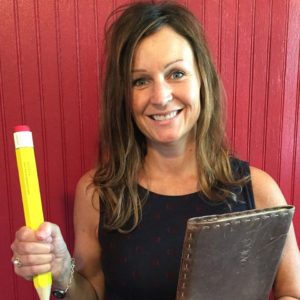
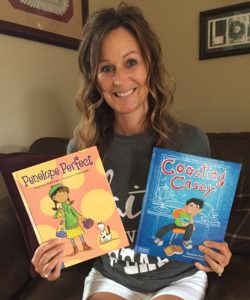
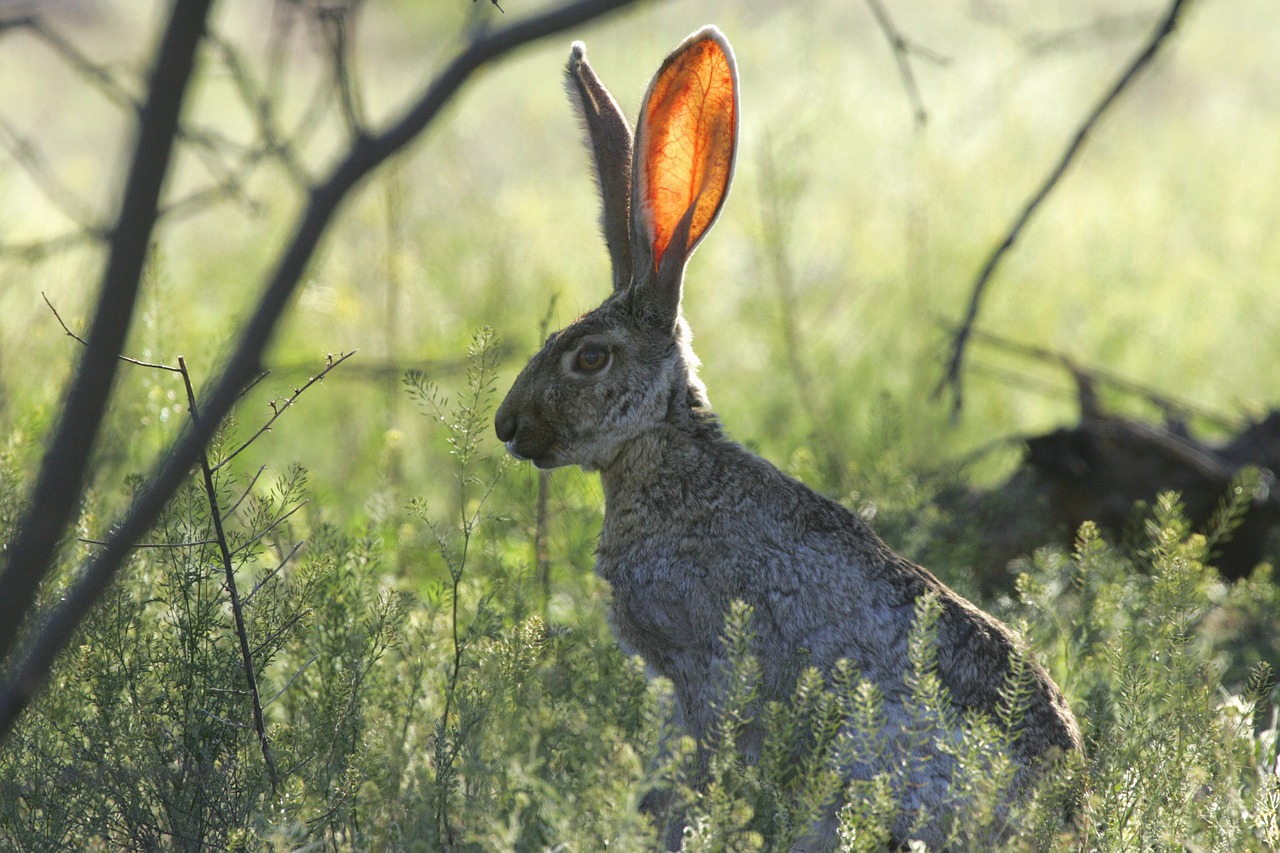
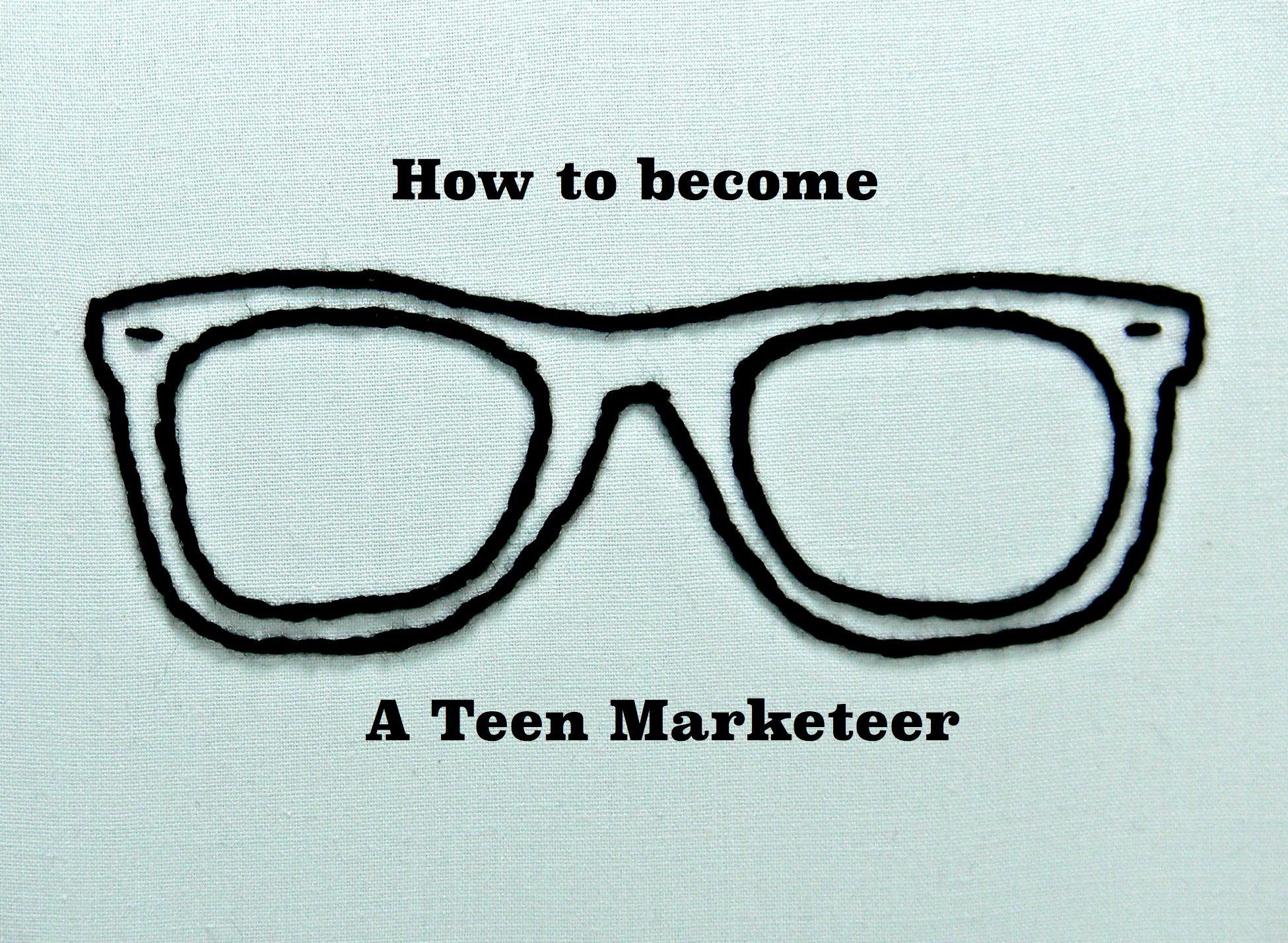
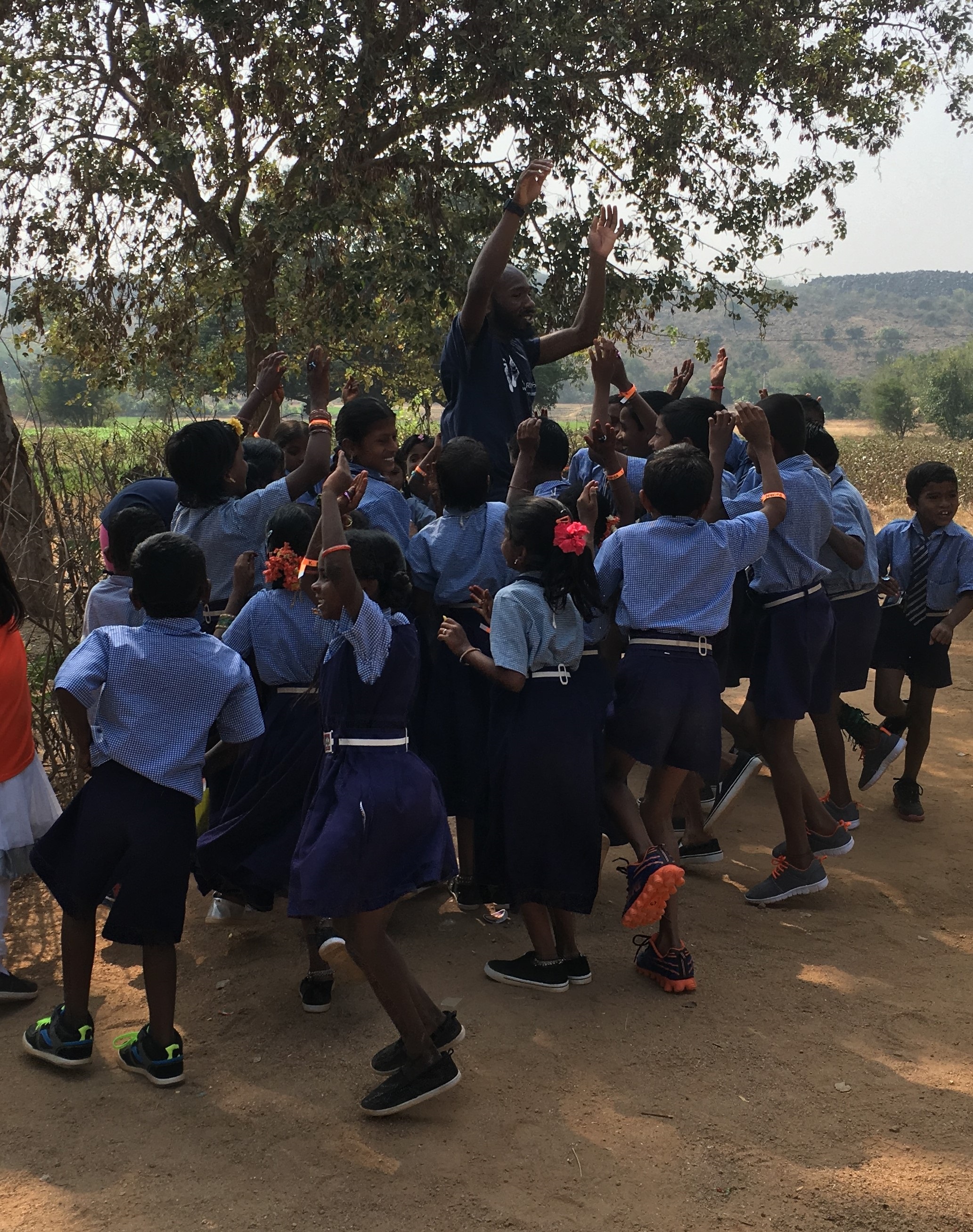


5 Comments
Shannon, Great information. Thank you so much.
Thanks, Cherrilynn!
Great article, Shannon. Thanks for this very practical information.
You’re welcome, Jean! ?
It sounds like you made your childhood dreams become realities. Great job! As a former kindergarten teacher whose home library contains more children’s books than any other genre, I can relate to your article. 🙂